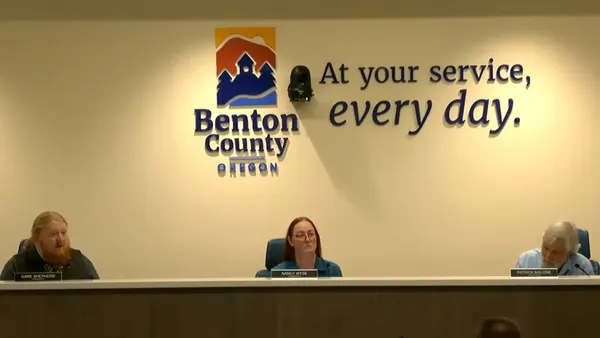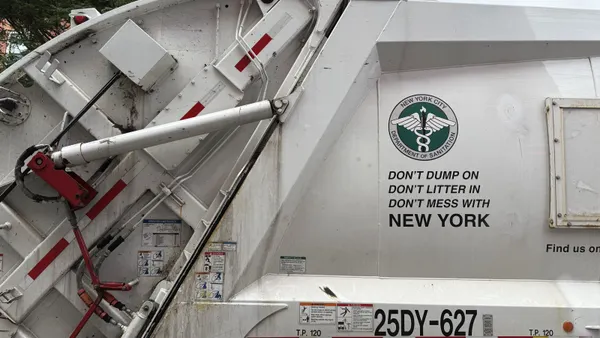Dive Brief:
- With the EPA poised to loosen coal ash rules for dry onsite storage and large fill projects, a new study from Duke University finds that leaving those contaminants exposed may significantly heighten the risk of toxic contamination to nearby soil and waterways.
- The research finds that health-threatening compounds "can be leached out from coal ash under oxidizing conditions, similar to what one would expect from uncontrolled placement of coal ash on soil, or even buried in soil," Duke Earth and Ocean Sciences Professor Avner Vengosh, an author of the study, said yesterday during a public hearing on the proposed new rules.
- Not only do the EPA's proposed rules heighten the risk of environmental exposure, according to Vengosh, but the current monitoring requirements from the agency do not fully measure the mobility and leachability of coal ash. He recommended more extensive monitoring should be required.
Dive Insight:
The risk of coal ash contaminating waterways has long been a concern for environmental groups, but the preliminary evidence of Vengosh's study suggests the dangers associated with fly ash and water are more prominent than previously realized. Mixing the contaminant with water results in elevated levels of hexavalent chromium, a "highly toxic" carcinogen.
"Uncontrolled disposal of coal ash to the environment and placement of coal ash on soil without liners or other barriers to water would create new sources of leached contaminants that will infiltrate into the subsurface, contaminating soil and water resources," Vengosh said in his testimony.
EPA's proposed rule would eliminate monitoring on large coal ash fill projects, except for sites with "geologic vulnerabilities."
The utility industry has long used the material for "beneficial use," for example, as a structural fill for retaining walls, highways or to level ground for parking. Under the Obama-era coal combustion residual (CCR) rules, any project larger than 12,400 tons had to meet certain monitoring requirements to ensure the surrounding environment was not impacted by the toxins.
The industry praised the proposed changes, which it says will make it easier for utilities to recycle the waste and put it to good use by lowering the cost of keeping ash piled on-site.
EPA staff could not comment on the proposal because it is still under review and they are accepting comments. However, the agency previously told Utility Dive it was soliciting comments and information on whether it should set a mass-based threshold, along with locational considerations for fill projects.
The second part of the rule allows utilities to leave on-site dry ash storage piles uncapped as long as the utility intends to move the pile at some point, with no set timeline. Industry says it makes more sense to consider locational vulnerabilities – such as wetlands, floodplains or seismic zones – rather than a mass threshold.
Environmentalists have expressed concern about this approach, which they said could allow fly ash to discharge from the site unchecked. "EPA is proposing to include in the definition a requirement" to control such releases, an agency spokesperson told Utility Dive, but has not yet established such guidelines.
Both of these proposed changes would create avenues for the toxic substance to reach waterways, according to Vengosh.
"[T]he new amendments would allow the placement of unlimited quantities of CCRs in the environment, potentially near drinking water wells, waterbodies, and residences, without any restrictions or safeguards, that could result in impacts on the water quality of water resources and potentially human health," he said.
Further, he said, while previous rules required monitoring, neither of those mandatory tests properly measured the mobility and leachability of coal ash. Therefore, the full extent of its potential effects on the environment were previously unknown. "Consequently, the potential toxicity of CCRs is not fully evaluated under current testing practices."
EPA is still accepting comments and will host a second, virtual public hearing on the proposed rule Oct. 10.














